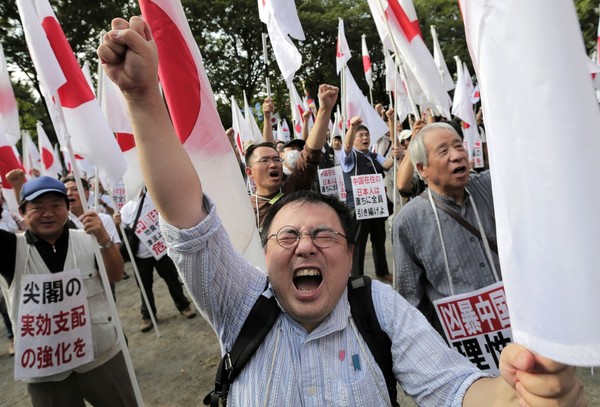It just won’t go away—and it may be Asia’s contemporary equivalent to Archduke Ferdinand, whose assassination sparked World War I.
In recent weeks, a nearly daily occurrence near the disputed rocks are visits by Chinese ships. Carefully chosen maritime-surveillance or fisheries-agency (not military) ships have hovered on waters just outside the twelve-mile territorial limits (but inside the two-hundred-mile economic zone) of the Senkaku islands, which Japan controls and China calls the Diaoyu. These five lonely islets jutting out of the East China Sea are inhabited by a few dozen goats.
But the Sino-Japanese dispute has heated up in recent months. Nationalist sentiments are coming to a boil and crippling relations between two of the world’s largest economies. These tensions are emblematic of larger trends in East Asia. South Korea and Japan are also in the midst of a similar dispute over even smaller and more inconsequential rocks, Dokdo, which are called Takeshima by Japan. So spun up are the Koreans (not coincidentally in an election year) that their President Lee Myung-bak became the first Korean leader to ever visit the rocks last August. The Korean government, at public expense, supports a single couple living there so they can say it is inhabited. Lee called the tiny specks of land “a place worth staking our lives to defend.”
And it doesn’t end there. In the South China Sea, similar disputes exist between China and Vietnam over the Paracel islands; there are also the Spratlys, where China is pitted against Vietnam, the Philippines and Malaysia (each with claims over one or more of the tiny reefs).
Read Full Article »




